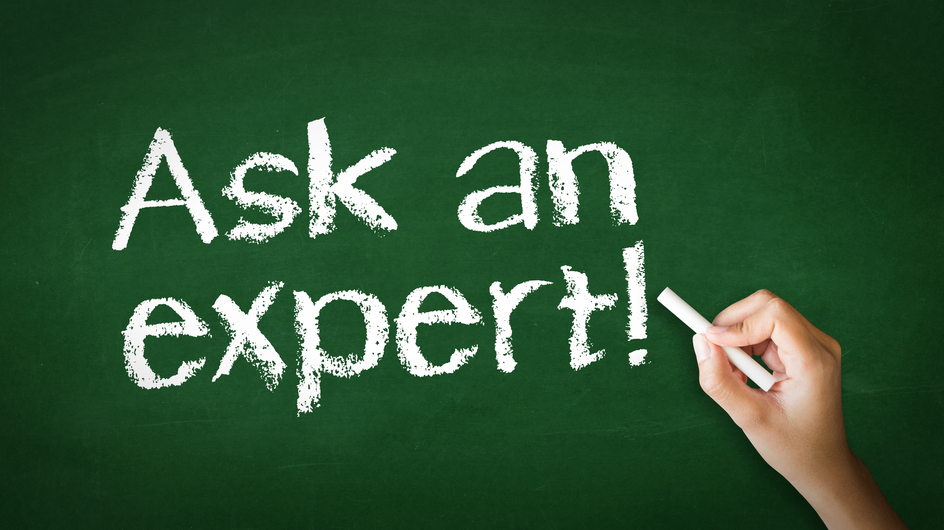This article first appeared in Personal Wealth, The Edge Malaysia Weekly, on December 26, 2016 – January 1, 2017
In financial planning, I always recommend two important things before looking at investments — insurance and emergency funds. Insurance is fundamental to all planning. It is crucial to have an insurance plan that will cover the rising medical costs. Since you only intend to migrate in five years (that is a long time), I suggest getting the insurance.
There are many plans available, such as whole life, investment-linked and term plans. Term plans should work for you if you are looking for a short-term plan. You should also include critical illness and personal accident coverage in your plan.
When you say migrate, do you mean for good? If you are keeping the option of returning in the future open, I suggest that you keep your medical insurance in Malaysia until you have a job and insurance in the country you move to before cancelling the plan you have here.
Remember, there is always a waiting period before you are covered under an insurance plan. I have clients who have medical cards in both Malaysia and the country they now reside in as they are keeping the option of returning open.
It is important to get your insurance plan when you are healthy and able. Any major claims or existing health issues will deter you from getting insurance in the future. I have clients who are in their twenties to forties (the prime of their careers) who cannot buy medical insurance because of pre-existing conditions such as diabetes or heart disease.
Some clients face an exclusion or higher loading in their insurance premiums because of their medical history. Therefore, it is definitely worth buying medical insurance now. Otherwise, in the event of hospitalisation, you may need to utilise your hard-earned FD savings, which is not a smart move. Consider allocating 10% of your take-home pay for this.
I am assuming you do not have outstanding debts, such as credit card debt, personal loans or National Higher Education Fund (PTPTN) payments. You are currently saving about 38% of your take-home pay, which is a good start. I suggest that you divide your savings into different categories as you are currently saving for a rainy day and holidays. I also suggest setting short, medium and long-term goals for your savings.
First, you should have six months’ worth of emergency funds. Assuming that your take-home pay is about RM4,200, you need to keep RM25,000 in your FD accounts for a rainy day. Although the interest is low, the money should not be invested as emergencies can happen anytime. Refrain from using the money for home or car purchases, travel or migration as it should purely be for emergencies.
Second, before you invest the other RM5,000 and your monthly savings, determine your period of investment and expected returns.
Next, set a budget for your yearly travel or other treats such as electronic gadgets. For example, if you plan to use about RM4,800, you will need to save about RM400 a month. As the nature of this account is merely to save and spend, I suggest that you consider a savings account that gives you higher interest than the conventional ones.
You may need to look into what a working visa in countries such as Australia is like because the fees can be quite high. You also need to set aside some money for things like a visa, working permit, lease deposit and agent fees. If you do not have employment prior to going there, I suggest that you save three to six months’ worth of expenses in that country as well.
Whether you are migrating now or later, you will still need to set aside money for your retirement. The rule of thumb is a minimum 10% of your take-home pay. I suggest increasing this allocation as you do not have any commitments such as a mortgage or children’s expenses.
As for your home purchase, assuming you take my advice and set aside the RM1,600, minus RM400 for insurance and another RM400 for retirement planning, you will only have RM800 left.
Buying a home right now will be quite a stretch for your cash flow. You may consider looking at why you have both car and motorcycle loans. If it is possible, try to restructure them into more affordable instalments.
Whether you are looking at the place for your own use or as an investment, you need to consider the full mortgage payment, maintenance fees, sinking fund, quit rent and assessment fees. If it is for your own use, remember that your expenses will increase to cover things like utilities, gas and renovations. Never assume that your rental income will cover these costs. I hope this helps.



 Beware of Scam and Impersonation Using Our Company Name – Harveston Capital
Beware of Scam and Impersonation Using Our Company Name – Harveston Capital